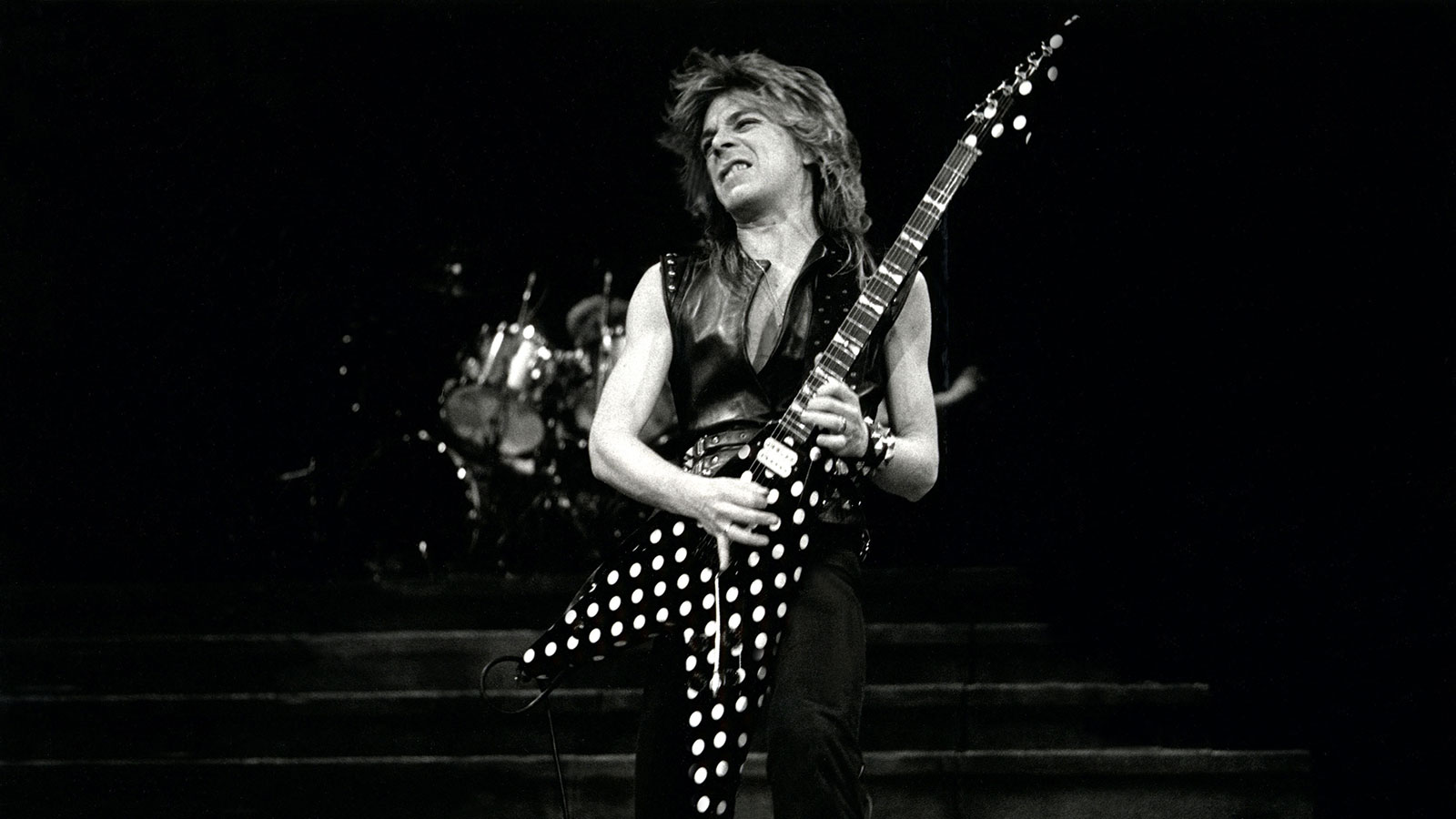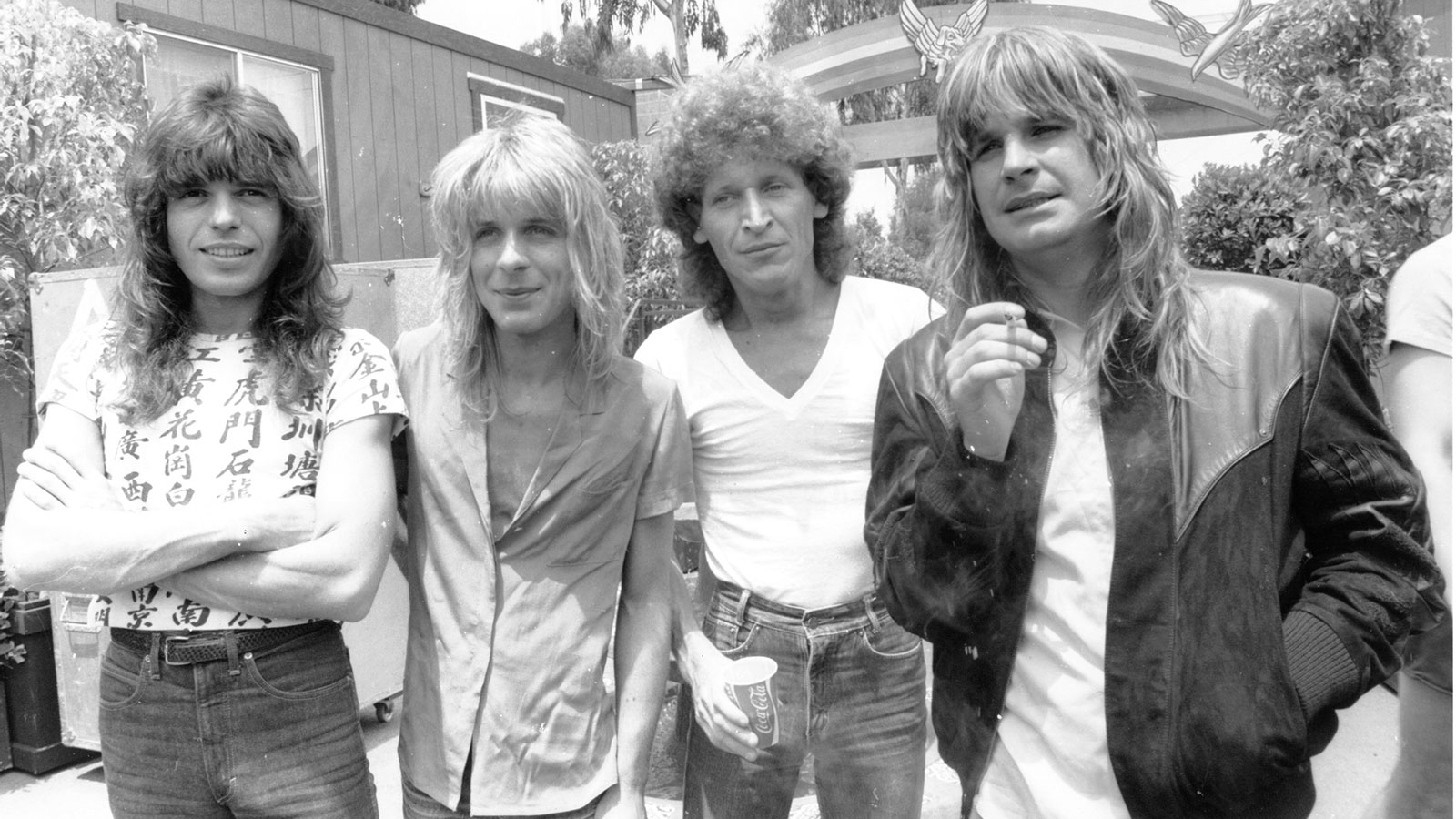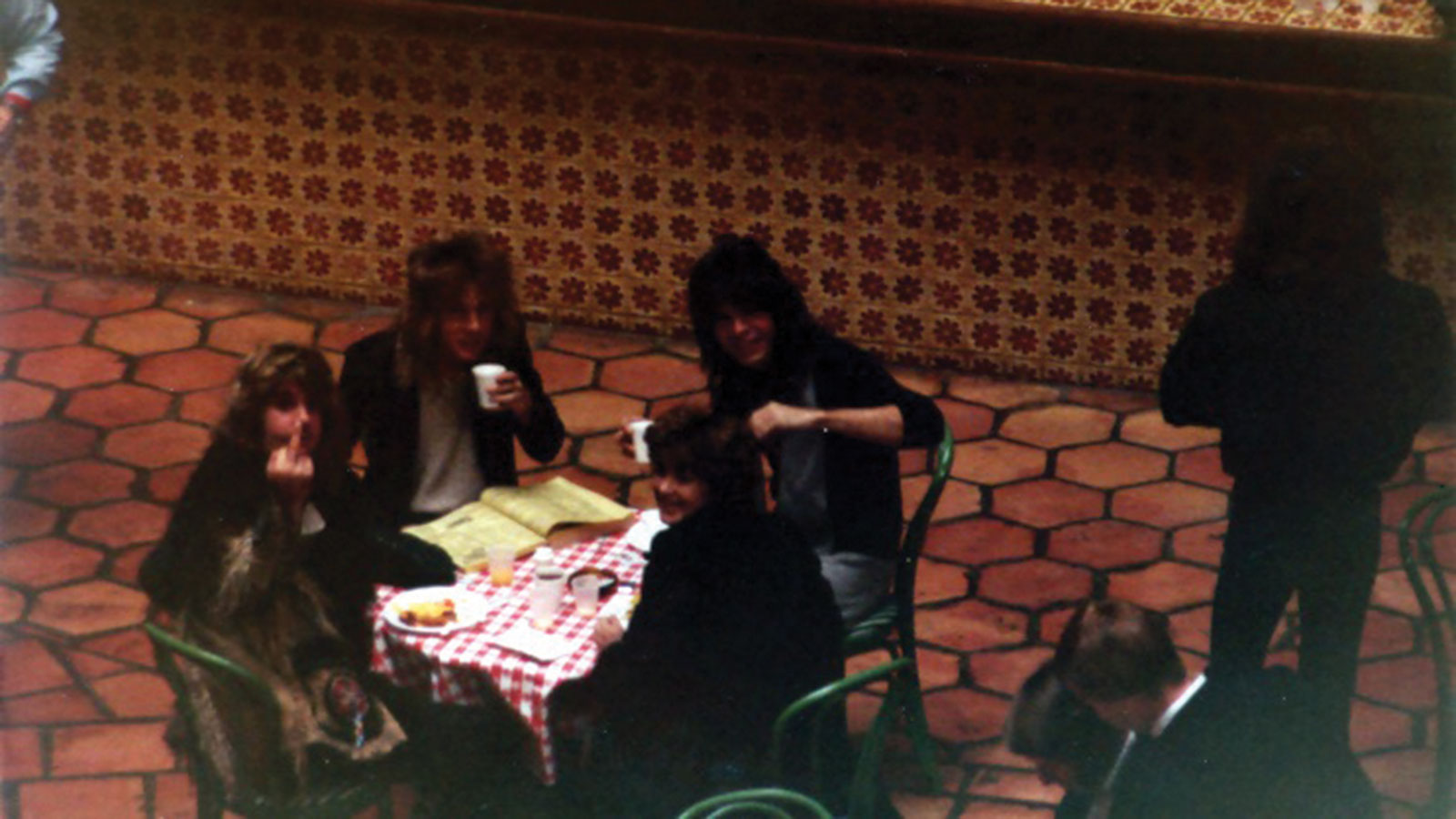Rudy Sarzo on the rising star of Randy Rhoads: “The first time I saw Quiet Riot... I thought to myself, ‘That’s a rock star in the making right there’
The legendary rock bassist discusses the evolution of his friend and sparring partner

Rudy Sarzo’s bass-playing resume is as remarkable as it is impressive. Ozzy Osbourne, Whitesnake, Dio, Whitesnake, the Guess Who and more; it might actually be easier to list the people this extraordinary rock bassist hasn’t played with over the past nearly five decades.
Not only did Sarzo play with Randy Rhoads in Quiet Riot and Ozzy Osbourne’s band, he also was one of Randy’s closest friends. In fact, his book, Off the Rails: Aboard the Crazy Train in the Blizzard of Ozz, is a must-read for any serious Rhoads fan.
Rudy kindly took the time to recall some key moments during his precious time with Randy.
“The first time I saw Quiet Riot was in August 1977 at the Starwood in West Hollywood,” Sarzo says. “I’d just moved to L.A. and was networking. I saw the band perform and went, ‘Wow, these guys are doing an arena performance in a club. They’ve really got it together.’
“I was also super impressed by Randy. There were a bunch of guys in front of him checking out his playing, and also a lot of girls wearing the same polka-dotted bow tie he was [wearing]! He had the perfect balance, the perfect appeal: guys wanted to be like Randy, and girls wanted to be with Randy.
“I thought to myself, ‘That’s a rock star in the making right there.’ I ran into Kevin [DuBrow, Quiet Riot’s vocalist] afterwards, introduced myself and said, ‘Keep doing what you’re doing — you’re going to make it.’ And that was it.”
A year later, Kevin called Rudy to audition, and the rest is now multi-platinum, Quiet Riot history.
Get The Pick Newsletter
All the latest guitar news, interviews, lessons, reviews, deals and more, direct to your inbox!
Speaking of rock history, as you know, Randy left Quiet Riot in late 1979 to join forces with Osbourne after his somewhat unceremonious parting of the ways with Black Sabbath.
He asked Ozzy, ‘What do you want me to write?’ And Ozzy’s reply was, ‘Just be yourself.’ Ozzy gave Randy his freedom
“Randy was destined for greatness, and his mother, Delores, was instrumental in him taking the Ozzy Osbourne gig,” Sarzo says. “She realized it was a huge opportunity for him, even though it meant him leaving both his families – Quiet Riot and also his job at her music school, Musonia. Delores was definitely a big deciding factor ’cause Randy was pretty comfortable teaching eight hours a day.”
After turning down an earlier offer, Rudy reunited with Randy when he joined Osbourne’s touring band in March 1981. The musical difference he saw in his friend was palpable.

“By the time I played with him in Ozzy, he’d already been honing that ‘Randy-ness,’” Sarzo says with a laugh.
“I wasn’t playing with the guy in Quiet Riot anymore — I was playing with Randy Rhoads, the Hall of Fame guitar player! He was great in Quiet Riot, of course, but we were just a local band in L.A. trying to please the local record labels and get a deal.
“He obviously didn’t need to do that with Ozzy because he was playing with a recording artist. He asked Ozzy, ‘What do you want me to write?’ And Ozzy’s reply was, ‘Just be yourself.’ Ozzy gave Randy his freedom, and that’s what came out.

“There was a major metamorphosis that happened in England, and it would have never happened in L.A. because of the musical atmosphere there at that time – or lack thereof, as far as rock ’n’ roll and metal goes,” Sarzo says.
“It’s funny; Hendrix had to leave the States to go to England to become Jimi Hendrix, and so did Randy – he had to leave Los Angeles, go to England and free himself musically and truly become Randy Rhoads. And just like Hendrix, Randy became a leader.
“He helped lead the metal invasion that came from England after he joined Ozzy. And you were a part of that [writer/guitarist Nick Bowcott was a founding member of Grim Reaper], so you know exactly what I’m talking about! He led the pack. There were a lot of great bands but only one Randy Rhoads.”
The other major change Rudy witnessed occurred when Randy won a prestigious award.
Every time we hit a new town, Randy would immediately go for the yellow pages to try and find the best local music store or school that gave lessons
“It happened on December 30, 1981,” Sarzo says. “It was the opening night of the U.S. Diary of a Madman tour and Randy received the “Best New Talent” award backstage from the editor of Guitar Player. That was a major pivot point for him because it put into perspective just how much people were paying attention to him.

“Remember, back then there was no social media – no posts, no videos, no nothing. There was no ‘instant gratification.’ After getting that award, I saw a whole new commitment – he went on this intense quest to become the best Randy that Randy could be. After getting that award, every time we hit a new town, Randy would immediately go for the yellow pages to try and find the best local music store or school that gave lessons. I actually have a photo of him doing that!
“Randy’s theory was, ‘I can tell how good the school is by what they offer in their ad.’ Sometimes the teacher he chose didn’t have the same level of musical knowledge that he had, so Randy wound up giving them a lesson and paying for it!” [Laughs]
“Randy is a life-changing experience,” Sarzo adds. “He’s changed a lot of lives and will continue to do so for many decades. As great as those Ozzy albums are, to witness Randy’s live interpretation of what he recorded was mind blowing. If you were lucky enough to see him do that at multiple shows, as I was, you’d be really able to understand just how much Randy forever changed my life.”
“I was writing songs from eight years old, but once I got a guitar I began to deeply identify with music… building an arsenal of influences”: How Lea Thomas uses guitars her dad built to conjure a magic synthesis of folk, pop and the ethereal
“I liked that they were the underdogs. It was not the mainstream guitar. It was something that was hard to find”: Vox guitars deserve a second look – just ask L.A. Witch’s Sade Sanchez, who’s teaming hers with ugly pedals for nouveau garage rock thrills










